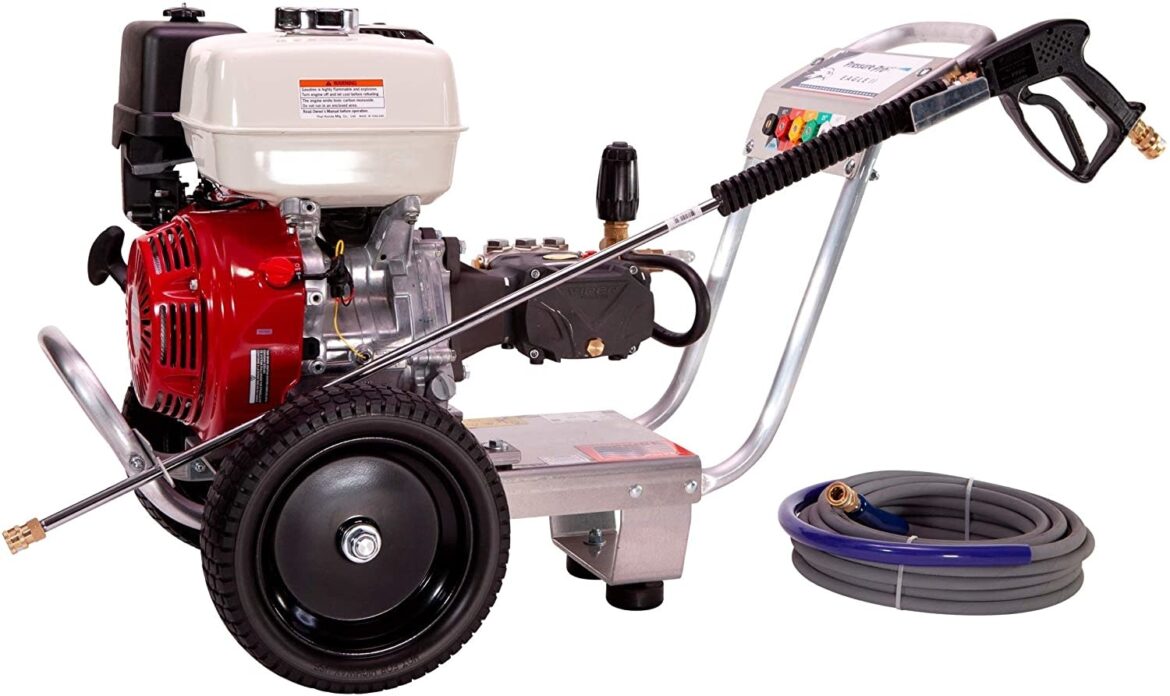Pumping in mechanical structures can be a very rough procedure without the presence of a control valve. Pumps are necessary for different reasons in mechanical structure. In your home, you need your pump mainly for water, which is generally a gentle fluid. However, for other liquids like diesel that have thick properties, you need more force to pump properly. Also, water has a boiling point of 100°C, but some liquids boil up until they get too extreme temperatures of up to 300°c. Without the right pump in the system, the whole system will not function to this extent. That is the reason most professional mechanical engineers use centrifugal pumps to build these complex structures. Centrifugal pumps are versatile and flexible. Also, they possess the sturdiness, strength, and durability, to withstand liquids at the highest temperatures. However, these pumps can not protect themselves against cavitation on their own. Pumps rely on valves to protect themselves, while they continue working tirelessly. However, these valves come in different types, with each having its respective features and functions.
A Control Valve is one of the common options of valves you can use with a centrifugal pump. The main purpose of the control valve is to control fluids that get in and out of the pump. The control Valve makes use of some positioners to open and close the Valve when a fluid of small and large thickness is coming through. In this guide, we will be describing what control valves are and their working processes. We will also describe each part of the Valve and How they are useful to the working process of the control valve In a Centrifugal Pump.
What exactly is a Control Valve?
As the name implies, a control valve is a valve that oversees fluid flow. There are diverse types of fluid with different thicknesses. Regardless of the thickness of the fluid in any hydraulic system, the job of the control valve is to control how the fluid flows in the system. The control Valve does this by decreasing and increasing the size of the pathway of the fluid flow. If the fluid is very thick, it opens it up, but if it is slim, it closes it up. That way, the speed of the flow is under control, and as such, the system has power over the temperature and pressure of the fluid. It is when the fluid has flow freedom that it can exhibit its properties.
What Are The Important Parts of a Control Valve?
The control valve In any hydraulic system has to be automatic for it to be effective. If you need to manually control the flow of water in the valve, then there is a big issue. Luckily, most, if not all control valves in any system are automated. Therefore, you do not need to worry. The control Valve relies on three components to carry out its duties. These components are;
- The actuator: The actuator is the part of the Valve that opens and closes the control
- Its body: The body is the hoke for the signal of the valve.
- Its positioner: This is the flexible part of the Valve that confirms its right opening or closing, as the case may be.

